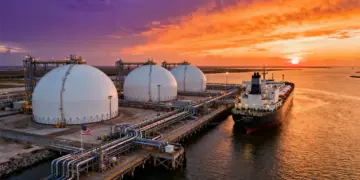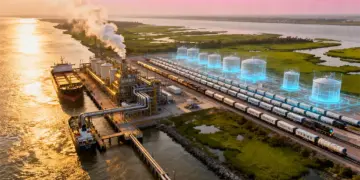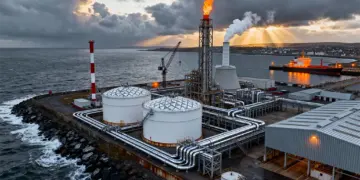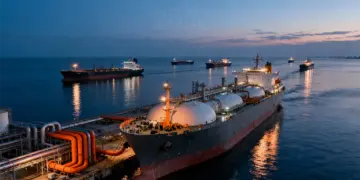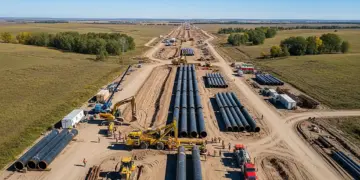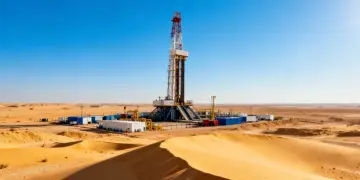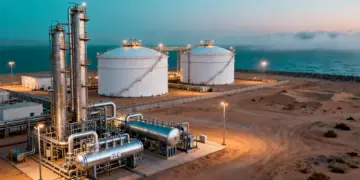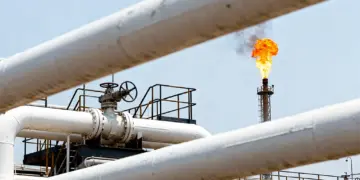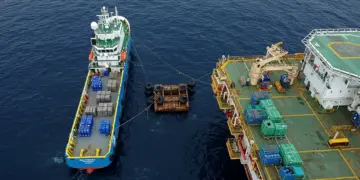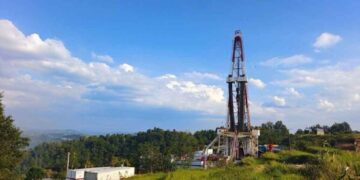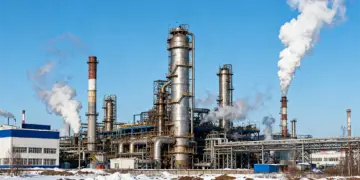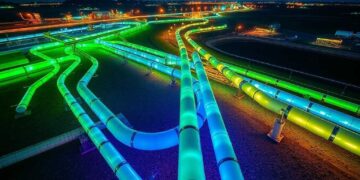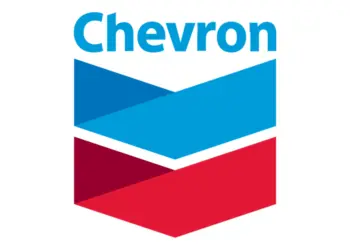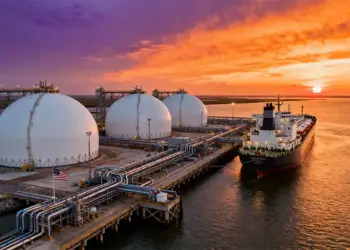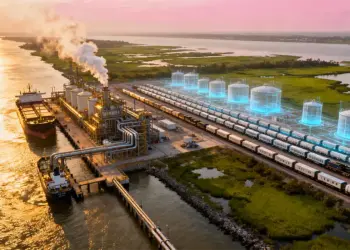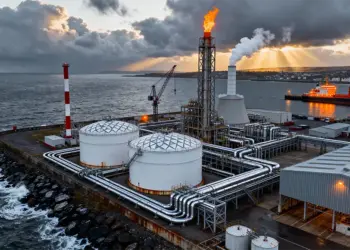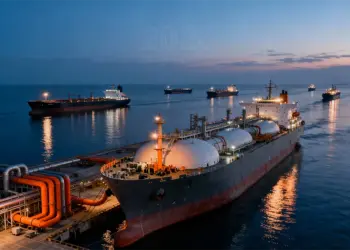Inpex Corporation is developing a liquefied natural gas (LNG) receiving terminal in the city of Joetsu in Nigata Prefecture, Japan. The new terminal, located near the port of Naoetsu, will have a processing capacity of 240t/h of LNG. It will help in meeting the increasing demands for LNG in Japan.
The new terminal will cover an area of 25ha. Inpex established an LNG Receiving Terminal Construction Division for construction of the facility. It is investing $860m in the project, including construction and land acquisition costs.
Test operations at the terminal are expected to commence in 2013 and it is expected to be fully operational by 2014.
Development of the Naoetsu LNG receiving terminal
“Inpex Corporation is developing a liquefied natural gas (LNG) receiving terminal in the city of Joetsu in Nigata Prefecture, Japan.”
Inpex has a 1,400km pipeline network through which it supplies natural gas to Tokyo and eight prefectures. Natural gas is supplied mainly to gas enterprises and commercial and industrial customers located in the region.
The natural gas is mainly sourced from the Minami-Nagaoka gas field and other gas fields located in Japan. In 2011, Inpex’s natural gas sales amounted to 1.7 billion m3.
In the future, demand for natural gas is expected to increase steadily due an increase in prices of other fuels. Increase in environmental awareness is also fuelling demand for natural gas as it is a clean burning fuel.
The Naoetsu LNG terminal is part of Inpex’s long-term plans to secure natural gas supply to the region and strengthen its natural gas supply chain. Inpex has already secured natural gas from the Shizuoka Gas Company which is flowing through its network since January 2010.
Inpex is also planning to import LNG from its overseas operations mainly the Ichthys project in Australia and Abadi project in Indonesia. The new terminal will enable the company to establish a connection between its gas supply network and its overseas assets.
Plans for the terminal were announced in August 2007 and the final investment decision was taken in August 2008.
Construction and infrastructure of the liquefied natural gas (LNG) receiving terminal
Ground breaking for the new LNG terminal took place in July 2009. The facility includes one berth, a landing bridge, two LNG storage tanks A and B, four LPG storage tanks, a vaporiser, calorific value adjustment units and a boil off gas compressor. It also includes administrative offices, utilities and connecting pipelines.
The storage tanks will have a capacity of 180,000kl each and feature dome-shaped roofs. Space for the addition of a third storage tank is also available at the facility.
As of September 2011, construction of the storage tanks was 70% complete. The dome-shaped roofs of the storage tanks were lifted in place. Construction of the plant was 30% complete and the landing bridge was 25% complete. The connecting pipelines at the facility were 20% complete.
LNG carriers will berth at the terminal to deliver LNG. An LNG unloading arm will unload the LNG into the storage tanks. The LNG will be pumped from the tanks into the LNG vaporiser.
The boil off gases are sent to the boil off compressor. Natural gas from the compressor and the vaporiser is then passed through the calorific adjustment units and fed into Inpex’s pipeline network.
New proposals made by the Inpex Corporation
In May 2011, Inpex announced the construction of a new 102km natural gas pipeline called the Toyama line. The new pipeline will transport the LNG imported by the Naoetsu terminal and supply it to its customers. It is expected to be operational during the same time as the new terminal in 2014.
Contractors involved in the Naoetsu terminal in Joetsu
The engineering, procurement and construction (EPC) contract for the terminal was awarded to Chiyoda Corporation.
“The new terminal, located near the port of Naoetsu, will have a processing capacity of 240t/h of LNG.”
Chiyoda was involved since the preliminary stages of the project in April 2007. It provided conceptual plans and engineering designs for the project before being awarded the EPC contract.
Construction of the storage tanks is being carried out by a joint venture of Toyo Kanetsu and Shimizu Corporation. Toyo Kanetsu is responsible for the mechanical works and Shimizu Corporation for the civil works.
Tao Corporation is responsible for construction of the berth.
Strainstall Marine supplied 48 load measuring pins for a load monitoring system which will be used to measure the loads in the mooring lines of LNG vessels berthing at the terminal.






